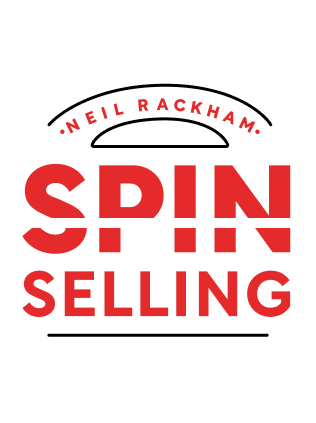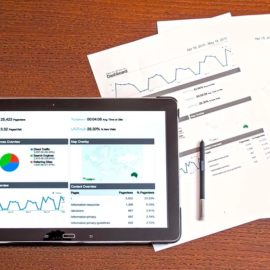

This article is an excerpt from the Shortform summary of "Spin Selling" by Neil Rackham. Shortform has the world's best summaries of books you should be reading.
Like this article? Sign up for a free trial here .
Are you new to SPIN selling, and looking for SPIN selling exercises? Or do you just want to practice before meeting with a big client?
These 5 SPIN selling exercises are designed to help you ask the right questions at the right time. You can work on your overall strategy and asking specific questions with these SPIN selling exercises.
Why Use SPIN Selling Exercises?
SPIN selling exercises can be incredibly helpful. Ultimately, the key to success in large sales is implementing the details of the SPIN model rather than relying on overall factors like personality, personal connection with the client, attitude, or account strategy.
The behavioral details outlined in this book are proven by research to be the building blocks of successful sales. Your attention to the details will determine your success.
SPIN Selling Exercise #1: Developing a Need
One of the important SPIN selling exercises to practice is thinking about needs. For many purchases, it takes a while to make up your mind to act. You go through a process of need development that starts with a hint of dissatisfaction with the way things are. The steps after that are:
- You start noticing more flaws
- You realize you have problems with it
- You want to change it—now
Think of a time when you went through this process recently. What did you become dissatisfied with? What first caused you to be dissatisfied?
Once you realized a need/problem, how did it grow bigger in your mind? What were the factors that made it seem bigger than the way it started out?
Were you happy with the result (either acting or not acting)? Why?
What aspects of your personal experience in developing a need could apply to your next sales call?
SPIN Selling Exercise #2: Weighing Value
When considering purchases, people typically use a value equation: they weigh the magnitude of their need or problem against the cost of the solution. Put another way, they ask themselves, “Is my problem or need big enough to warrant paying this much?
Think of a situation where you considered replacing something, but decided the cost was greater than your need or desire to have a new version. What factors did you consider in deciding against the purchase?
Describe the problem that the purchase would have solved.
What implications (effects, consequences) of not making the purchase did you consider? What implications can you see in retrospect?
List the ways the purchase/solution could have benefited you.
Now weigh the purchase versus the cost again. Have you moved any closer to making this purchase or a similar one? Why or why not?
SPIN Selling Exercise #3: Try the SPIN Sequence
In the SPIN sales method, reps ask four types of questions during the investigating stage of a call: Situation, Problem, Implication, and Need-payoff questions. Practice the sequence by thinking through a previous sales meeting or one you’re planning for soon with these SPIN selling exercises.
Picture a customer you’ve met with or will meet with. What problem questions are most appropriate for this customer?
How would you build these problems into implication questions?
How would you develop the biggest problem into an explicit need?
Now discuss the benefits of your solution, avoiding just features or advantages.
SPIN Selling Exercise #4: Learn a New Selling Skill
The best sequence for learning a new sales skill is: pick one skill to work on, choose a low-risk call where you can practice it, and try it at least three times with these SPIN selling exercises.
What new selling skill from this book would you like to implement and why?
What low-risk sales call do you have coming up in which you can practice this skill?
How/when can you practice this skill three times?
SPIN Selling Exercise #5: Analyze a Sales Call
One way to improve your selling skills is to review your sales calls after the fact to determine what worked and what you can do better the next time.
Try this with a recent sales call. Did you accomplish your objectives? How so?
What would you do differently if you could do the call over?
What did you learn that you can use to improve your performance in future calls?
You can use these SPIN selling exercises to learn more about SPIN selling, or to prepare for a big call. No matter where you are in the process, SPIN selling exercises can help.

———End of Preview———
Like what you just read? Read the rest of the world's best summary of Neil Rackham's "Spin Selling" at Shortform .
Here's what you'll find in our full Spin Selling summary :
- What the SPIN in SPIN Selling stands for
- How to demonstrate real value to the person you're selling to
- How to get commitment from your customer to close the sale fast






